
And what a time it was
It was a time of innocence
A time of confidences
Long ago, it must be
I have a photograph
Preserve your memories
They’re all that’s left you
— Bookends by Simon and Garfunkel

And what a time it was
It was a time of innocence
A time of confidences
Long ago, it must be
I have a photograph
Preserve your memories
They’re all that’s left you
— Bookends by Simon and Garfunkel
or some people today, the 1950s conjures images of small-town parades with marching bands led by high-stepping majorettes wearing tall white hats and fringed costumes. Boys in rolled-up jeans cruised the Dairy Queen in long-finned cars alongside girls with perky ponytails, poodle skirts and saddle shoes. Small children — neighbors — walked a half-mile, unsupervised, from what we now call mid-century modern homes to the downtown theatre where a triple feature of Three Stooges could be had for the Saturday-matinee price of 10 cents. In the small towns of America, everybody knew everybody — and everybody’s business.
I grew up in just such a town in the Midwest, but I’d wager life in 1950s Lewisburg was much the same. But in Lewisburg there was Bucknell — arrayed on an idyllic hill topped with red-brick Georgian architecture, a place where brothers didn’t watch TV at the fraternity house, because televisions were a rarity. Instead, they talked, laughed and sang long into the night. Their interactions with women were limited by curfews (for the women) and other rules. Homecoming was formal yet festive, and the marching band was a brash, vigorous presence on campus. How do we know this? Well, as the saying goes, a picture is worth a thousand words. And do we ever have pictures — 100 of them. But first, how did we get those photographs?
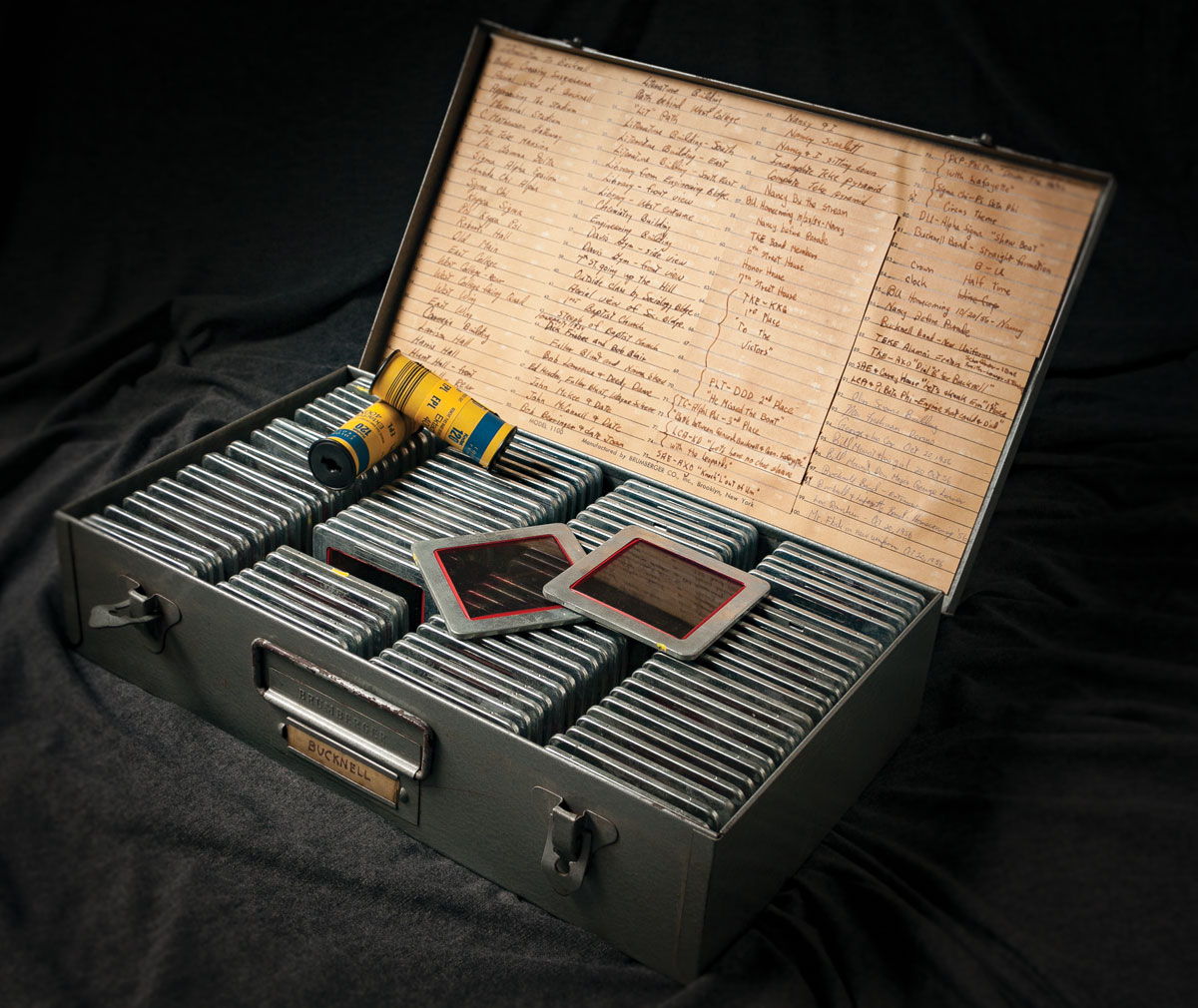
An unprecedented publishing opportunity landed in my office this winter, in a shiny, silver 14-pound metal box. Before I tell you what’s inside the box, I’ll explain how it got back to Bucknell.
You’ve probably noticed that the magazine you’re reading looks very different from the way it did a year ago. Norman Weber ’54 of Sarasota, Fla., was one of many readers who took the time to email me about the new format. He commented on the improved “literary content as well as the exceptional photography” and went on to praise the “presentation of large photos [that] really made the magazine a pleasure to read.”
When I wrote Weber to request his permission to print his note, he quickly responded, “You have my permission to use anything. Would like to talk to you on the phone about another matter. Could I have your phone number?”
When he rang, Weber got right to the heart of it. He’d been taking photos all his life, he said, and had boxes and boxes of slides and negatives. One contained photos he’d taken at Bucknell with his Rolleiflex. Being a photo buff, I perked up my ears. Anyone with a high-end camera like a Rolleiflex had to be a serious shooter. We weren’t talking a guy with a low-end Brownie taking snapshots.
I held my breath as he went on. “I’m 85, and I have no need for these. I thought maybe you’d be interested in having them for the magazine. If so, I’ll mail them tomorrow. Now, they’re heavy. They’re glass slides with metal frames.”
“That’s fine, that’s fine,” I said, practically dancing in my chair. “I’d love to have them, then I’ll pass them on to archives. There’s just one thing, though. Once I look through them I’ll need to call you back and get IDs for captions.”
“Oh, it’s all there,” he said. “I wrote that all down when I took the pictures.” I inhaled, then said calmly, “Thank you. I can’t wait to see them.”
The day the box arrived, I rushed upstairs, undid the latches and threw open the lid. There they were, 100 slides, four rows of them in wooden slots. A yellowed, lined paper taped inside the lid sported meticulous descriptions of the people and places of 1950s Bucknell. This time I wasn’t gasping but instead hollering for Associate Editor Matt Hughes and Communications Photographer Emily Paine to come look. The three of us took turns, passing the box around, gently lifting each slide from the box and holding it to the light.
Now we needed to get these images from slides to a digital format that could be used in the magazine. After a quick phone call, I hauled the box to my car, drove to Hoyer’s photo shop in Williamsport and asked them to digitize about half of Weber’s slides. Removing the positives sandwiched in the dirty glass and scanning them was a time-consuming process. Ten days later, I retrieved the box as well as two thumb drives containing glimpses of the past, by way of Bucknell.
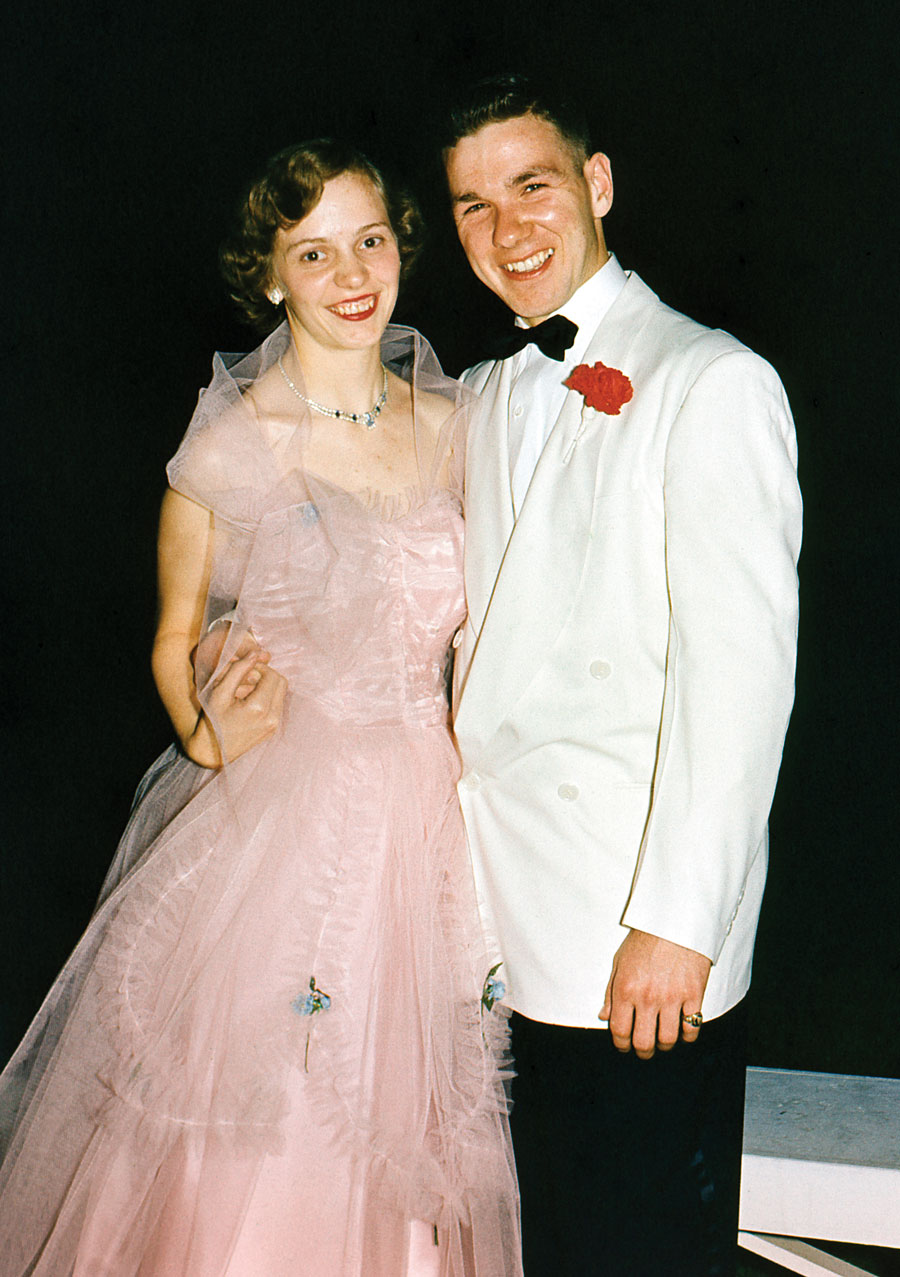
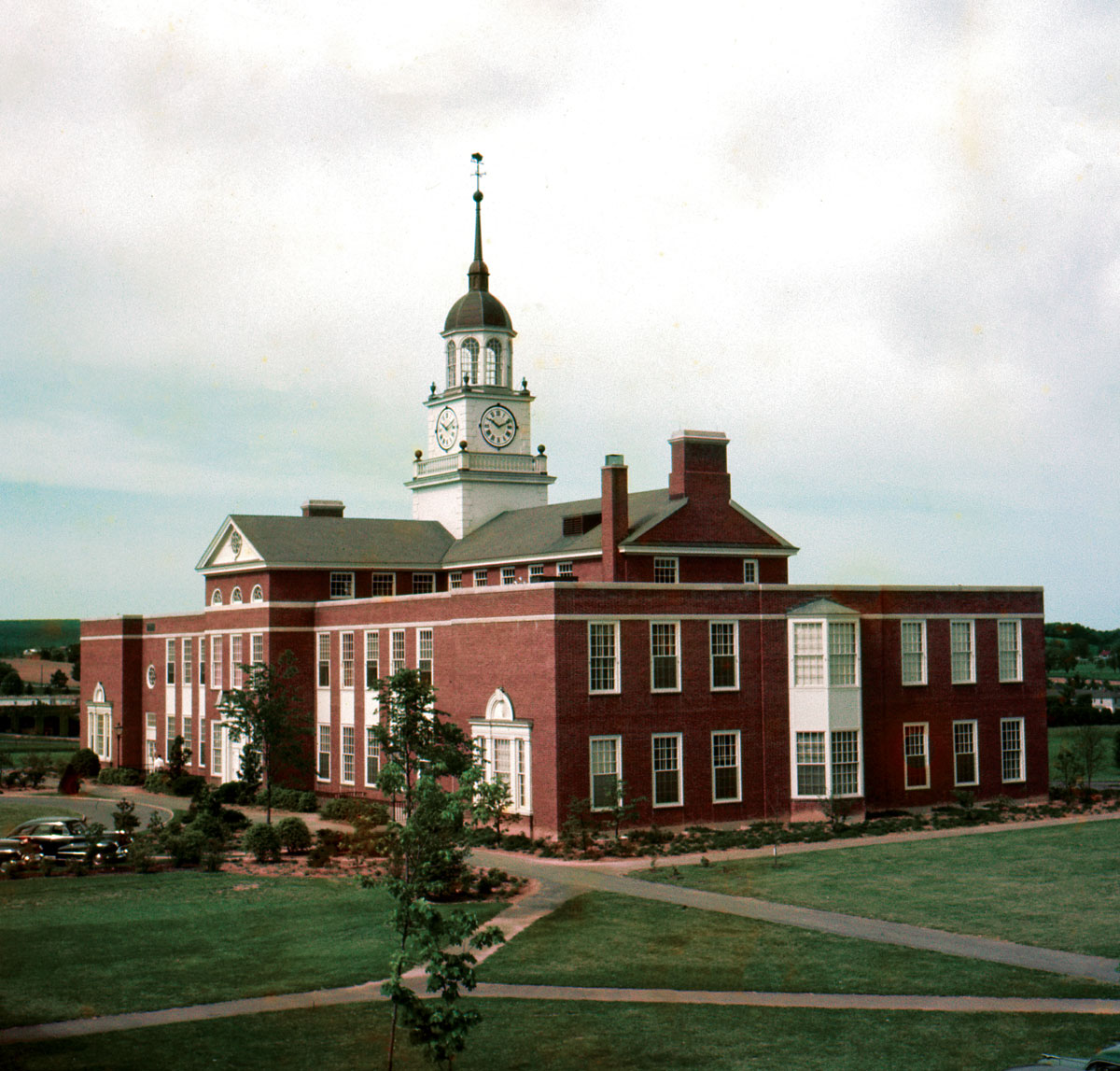
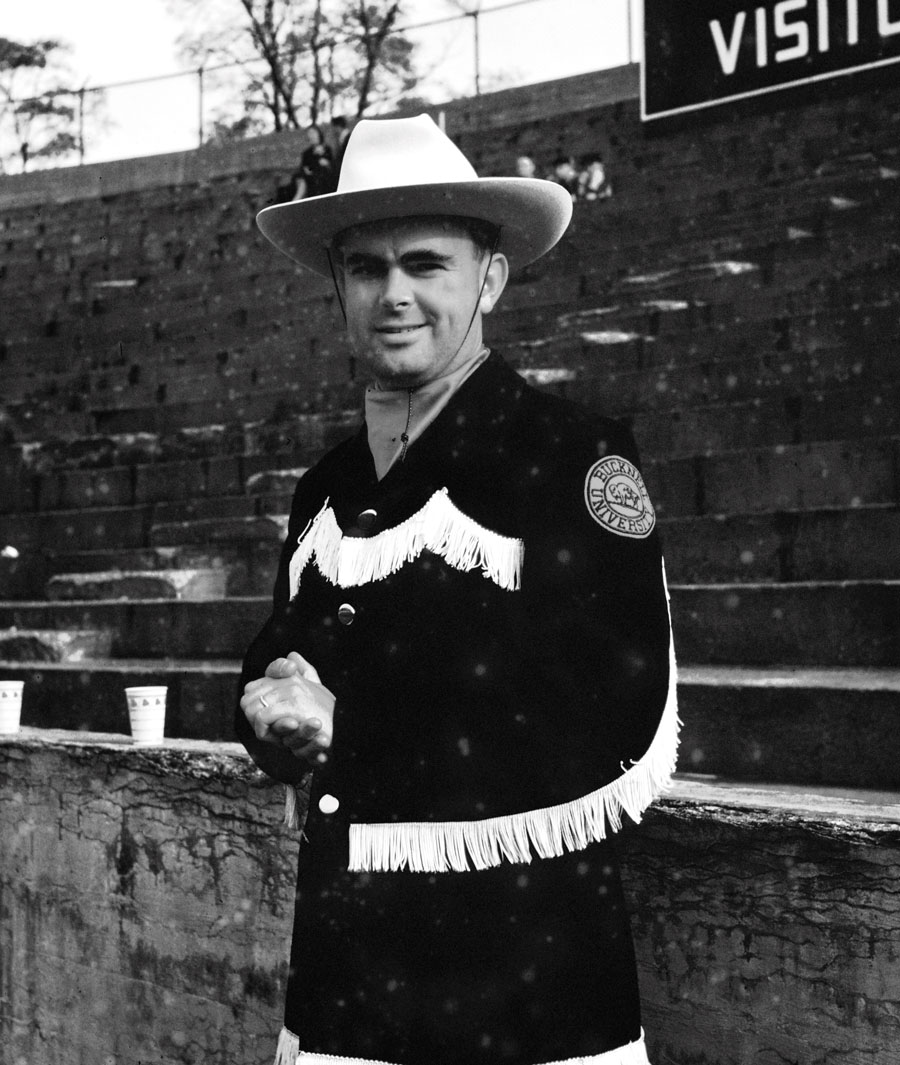
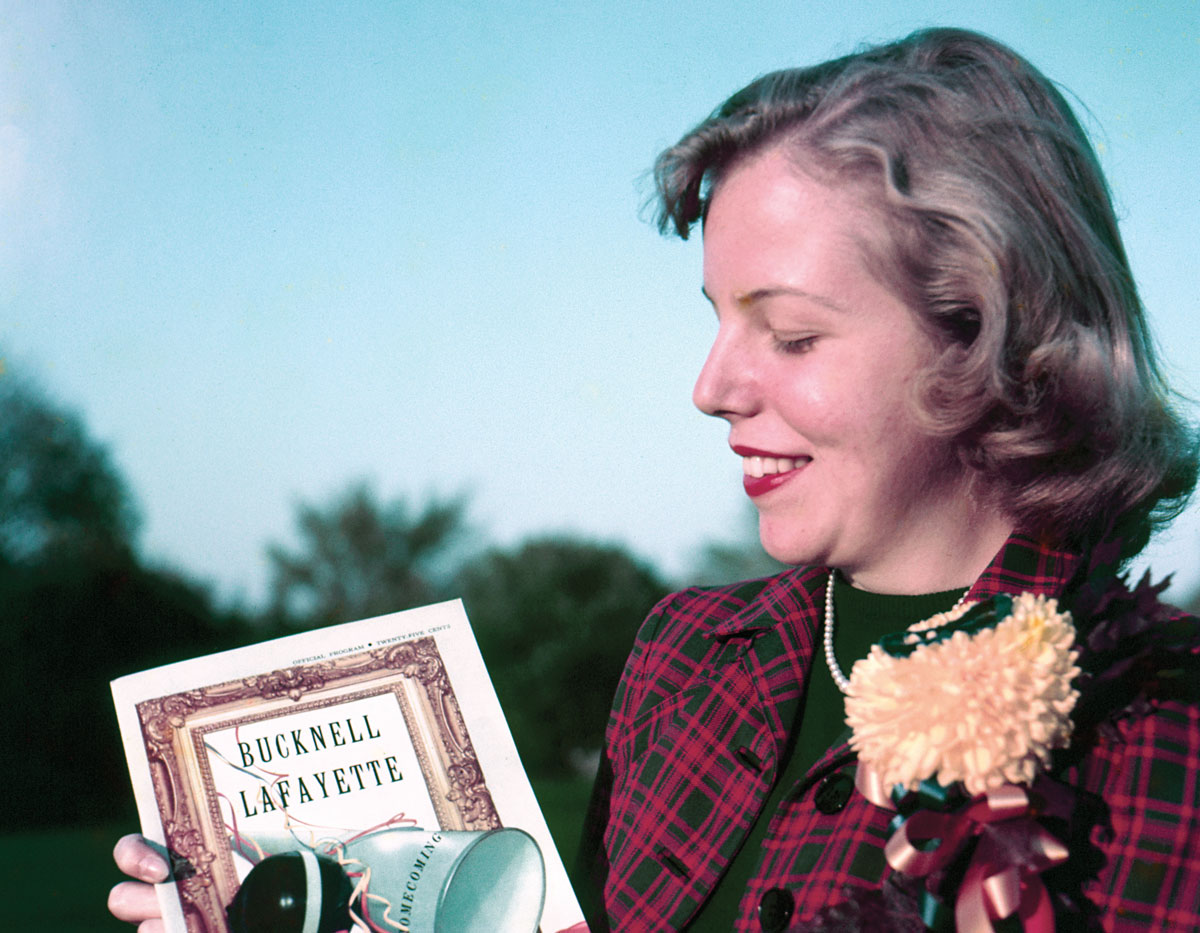
— Julia Stevens ’20



— Julia Stevens ’20

Photos: Norman Weber ’54
tip
2
Norm’s Advice to New Graduates
Do community service, starting at an early age.
tip
3
Norm’s Advice to New Graduates
Take up a sport that will carry you through your retirement years.
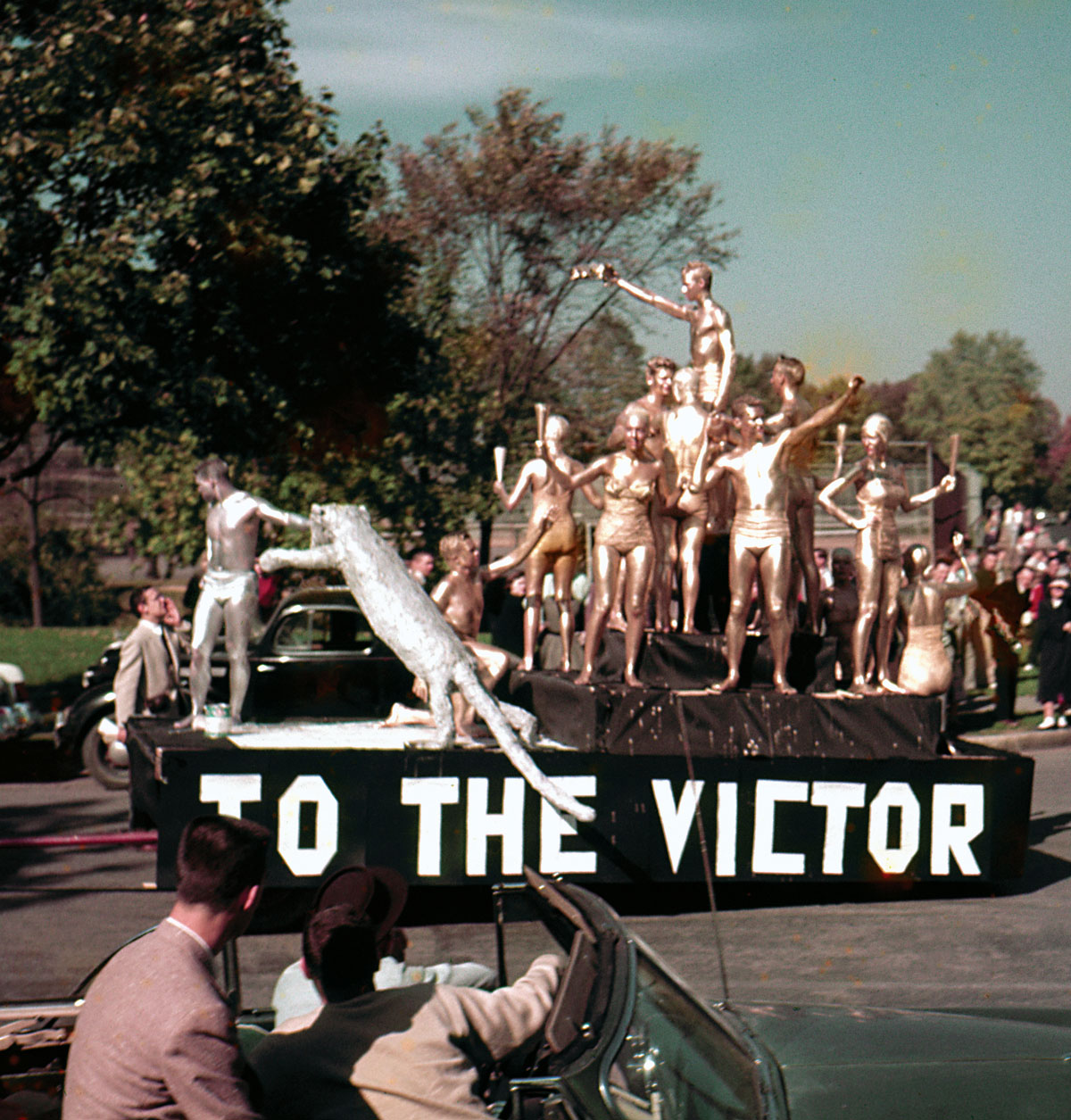
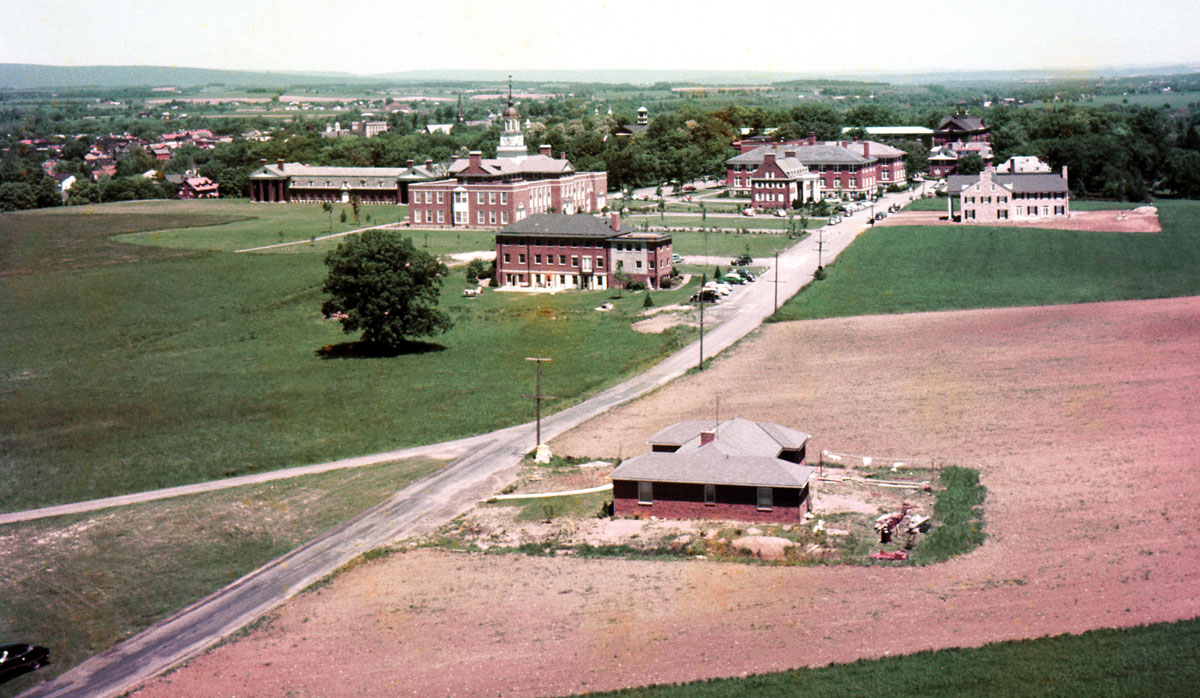
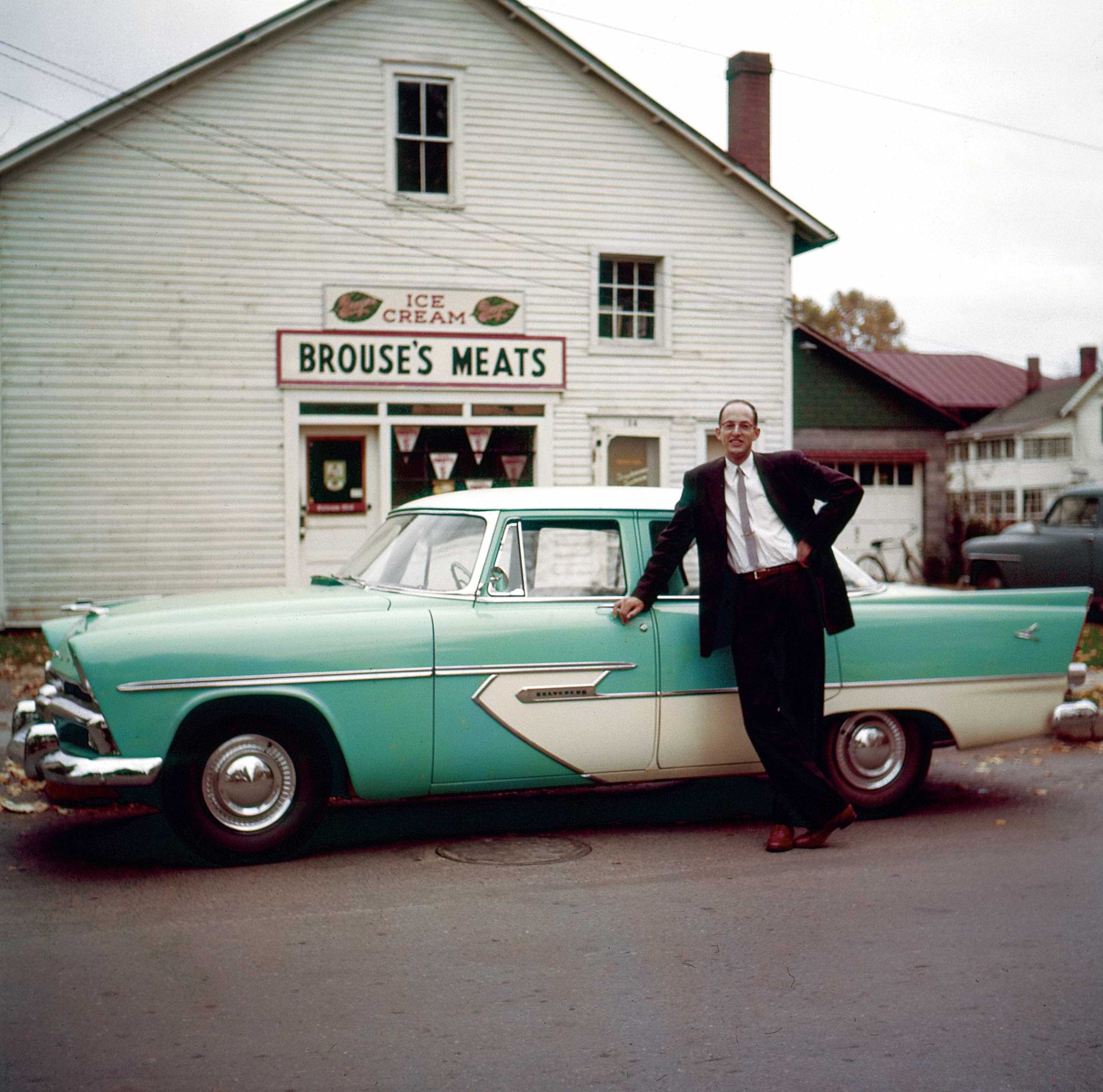
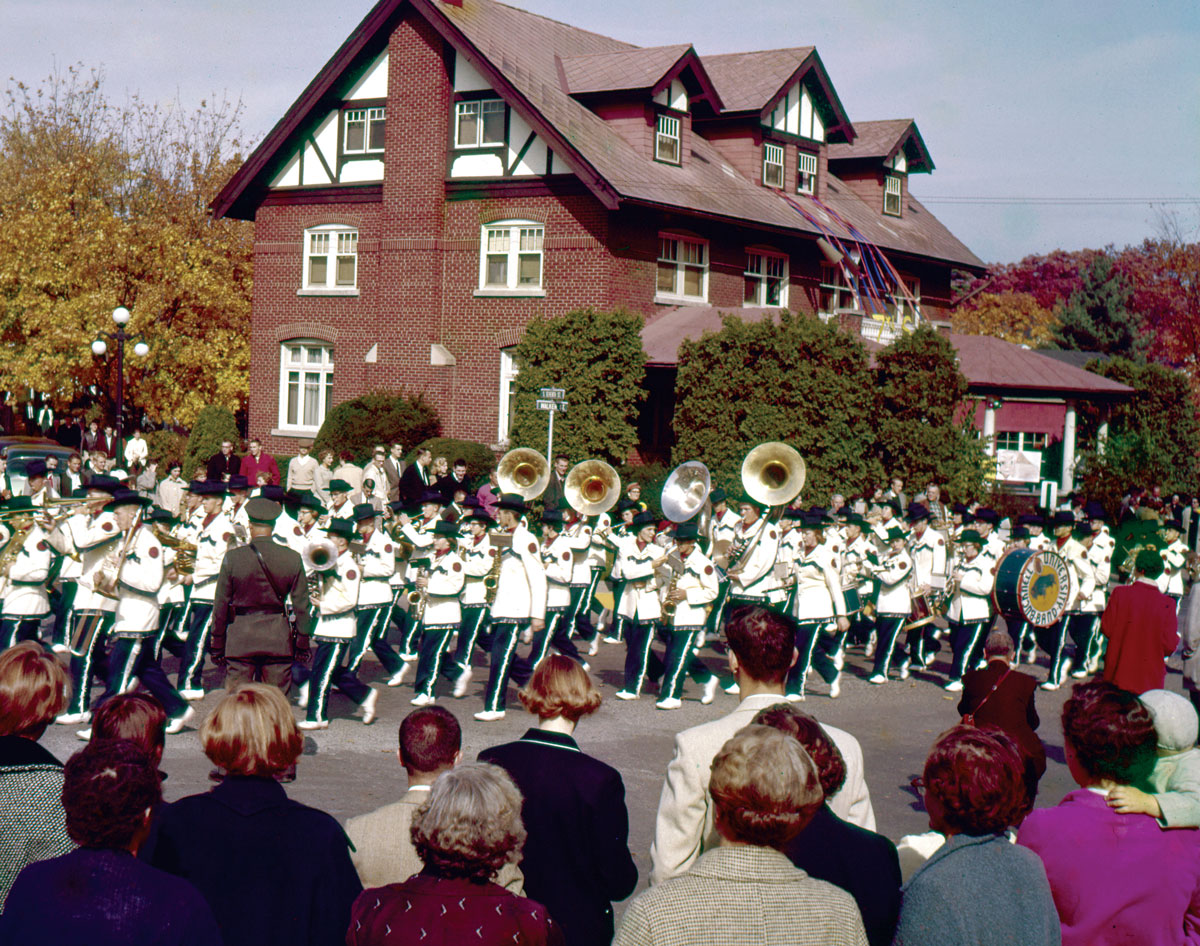
tip
4
Norm’s Advice to New Graduates
Develop a hobby that will keep you interested in activities outside your profession.
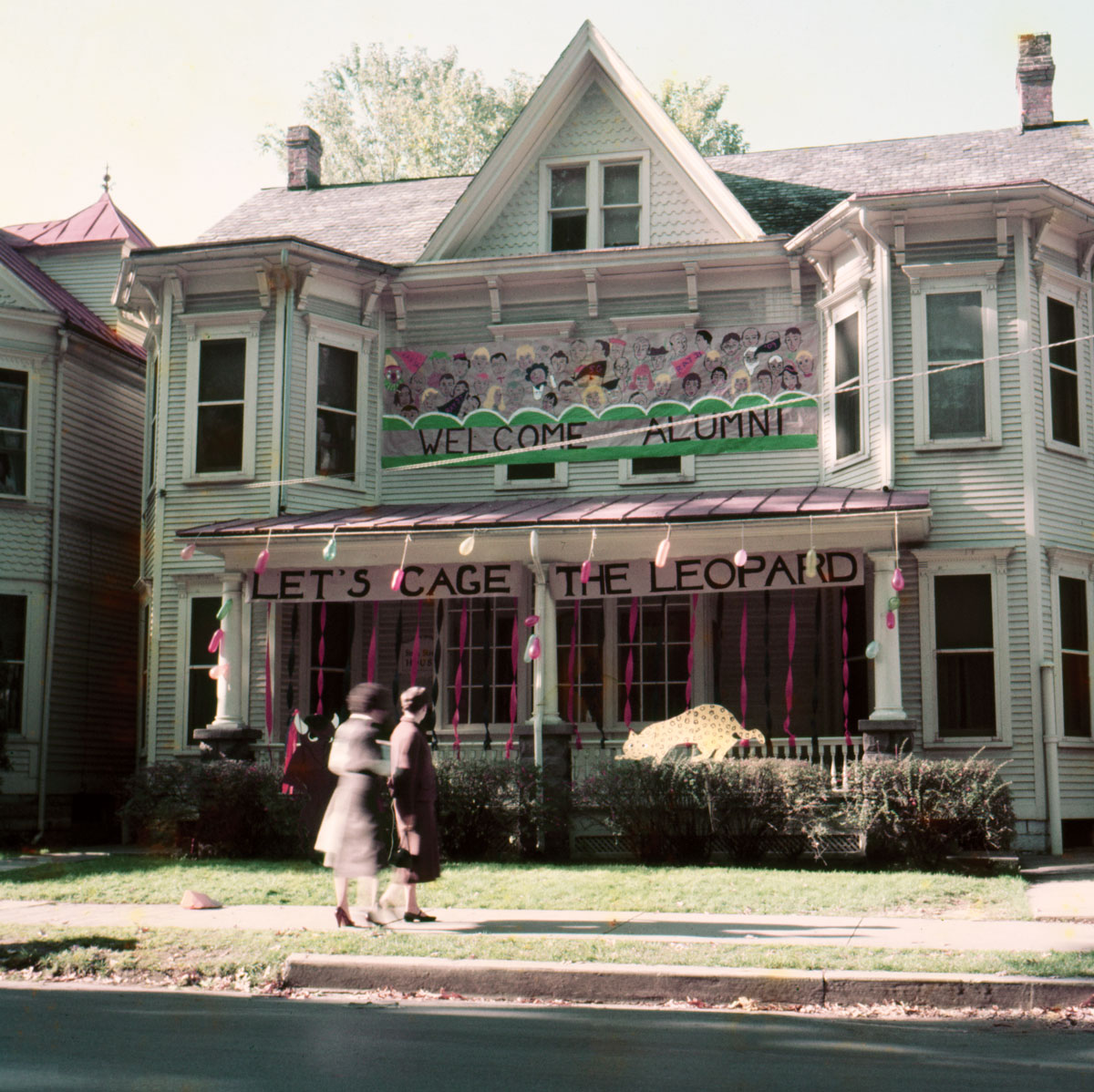

tip
5
Norm’s Advice to New Graduates
Eat healthy, and exercise often.


